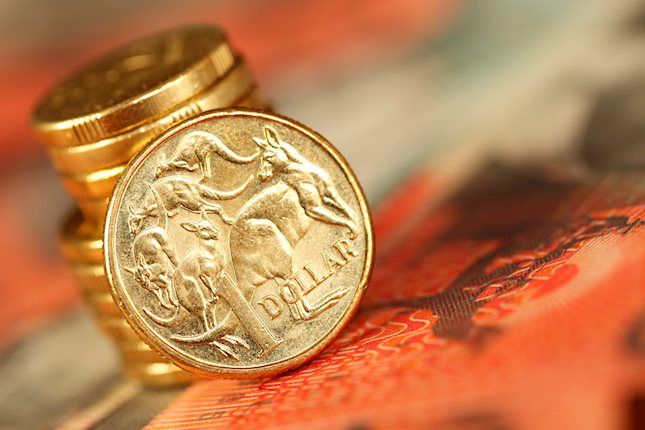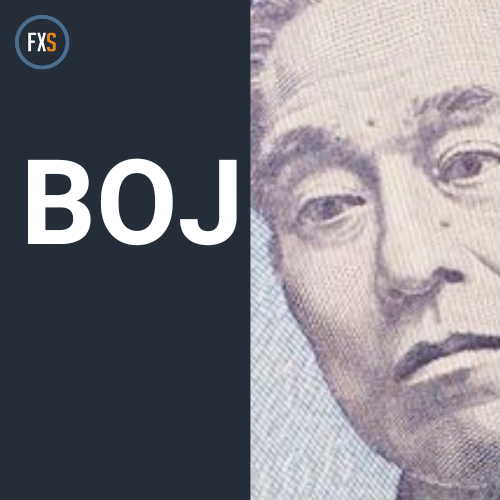Federal Reserve Chairman Jerome Powell explains the decision to cut the policy rate, federal funds rate, by 25 basis points to the range of 4.25%-4.5% after the December meeting and responds to questions in the post-meeting press conference.
Key quotes
"Squarely focused on two goals."
"The economy is strong, labor market remains solid."
"Inflation much closer to the 2% goal."
"Consumer spending resilient, investment in equipment has strengthened."
"Housing activity has been weak."
"Improving supply has supported strong us economic performance."
"Wage growth has eased."
"Labor market not a source of inflation pressures."
"Total PCE probably rose 2.5% in 12 months ending in November."
"Core PCE prices probably rose 2.8% in November."
"Inflation expectations remain well-anchored."
"Risks to achieving goals roughly in balance."
"Attentive to risks on both sides."
"We can be more cautious going forward, can be more cautious in reducing rates."
"Reducing policy restraint too slowly could unduly weaken economy, employment."
"Policymaker projections for policy rate are higher for next year, consistent with higher inflation."
Fed FAQs
Monetary policy in the US is shaped by the Federal Reserve (Fed). The Fed has two mandates: to achieve price stability and foster full employment. Its primary tool to achieve these goals is by adjusting interest rates. When prices are rising too quickly and inflation is above the Fed’s 2% target, it raises interest rates, increasing borrowing costs throughout the economy. This results in a stronger US Dollar (USD) as it makes the US a more attractive place for international investors to park their money. When inflation falls below 2% or the Unemployment Rate is too high, the Fed may lower interest rates to encourage borrowing, which weighs on the Greenback.
The Federal Reserve (Fed) holds eight policy meetings a year, where the Federal Open Market Committee (FOMC) assesses economic conditions and makes monetary policy decisions. The FOMC is attended by twelve Fed officials – the seven members of the Board of Governors, the president of the Federal Reserve Bank of New York, and four of the remaining eleven regional Reserve Bank presidents, who serve one-year terms on a rotating basis.
In extreme situations, the Federal Reserve may resort to a policy named Quantitative Easing (QE). QE is the process by which the Fed substantially increases the flow of credit in a stuck financial system. It is a non-standard policy measure used during crises or when inflation is extremely low. It was the Fed’s weapon of choice during the Great Financial Crisis in 2008. It involves the Fed printing more Dollars and using them to buy high grade bonds from financial institutions. QE usually weakens the US Dollar.
Quantitative tightening (QT) is the reverse process of QE, whereby the Federal Reserve stops buying bonds from financial institutions and does not reinvest the principal from the bonds it holds maturing, to purchase new bonds. It is usually positive for the value of the US Dollar.
Information on these pages contains forward-looking statements that involve risks and uncertainties. Markets and instruments profiled on this page are for informational purposes only and should not in any way come across as a recommendation to buy or sell in these assets. You should do your own thorough research before making any investment decisions. FXStreet does not in any way guarantee that this information is free from mistakes, errors, or material misstatements. It also does not guarantee that this information is of a timely nature. Investing in Open Markets involves a great deal of risk, including the loss of all or a portion of your investment, as well as emotional distress. All risks, losses and costs associated with investing, including total loss of principal, are your responsibility. The views and opinions expressed in this article are those of the authors and do not necessarily reflect the official policy or position of FXStreet nor its advertisers. The author will not be held responsible for information that is found at the end of links posted on this page.
If not otherwise explicitly mentioned in the body of the article, at the time of writing, the author has no position in any stock mentioned in this article and no business relationship with any company mentioned. The author has not received compensation for writing this article, other than from FXStreet.
FXStreet and the author do not provide personalized recommendations. The author makes no representations as to the accuracy, completeness, or suitability of this information. FXStreet and the author will not be liable for any errors, omissions or any losses, injuries or damages arising from this information and its display or use. Errors and omissions excepted.
The author and FXStreet are not registered investment advisors and nothing in this article is intended to be investment advice.
Recommended content
Editors’ Picks

USD/JPY sits at monthly highs below 155.00 ahead of BoJ policy decision
USD/JPY is consolidating below the monthly high of 154.90, awaiting the Bank of Japan policy decision for the next trading impetus. The pair surged after the US Federal Reserve delivered a hawkish 25 bps rate cut. The BoJ is set to remain on hold but its outlook on further rate hikes will hold the key.

AUD/USD hangs near two-year lows at 0.6200 amid firmer US Dollar
AUD/USD trades close to the 0.6200 mark or over a two-year low early Thursday. The pair seems vulnerable to extending its descending trend. The hawkish Fed cut-led US Dollar strength, concerns about China's fragile economic recovery and Trump's tariff plans continue to undermine the Aussie.

Gold sees a dead cat bounce following Fed’s hawkish cut
With the full final week of 2024 almost drawing to a close, Gold price remains vulnerable near one-month lows below $2,600, licking the hawkish US Federal Reserve policy decision-inflicted wounds.

Bank of Japan set to hold interest rates steady as rising inflation hints at early-year hike
After concluding its two-day monetary policy review on Thursday, the Bank of Japan is expected to hold the short-term interest rate at 0.25%. The BoJ policy announcements will likely provide fresh cues on the central bank’s rate hike outlook, injecting intense volatility in the Japanese Yen.

Sticky UK services inflation to come lower in 2025
Services inflation is stuck at 5% and will stay around there for the next few months. But further progress, helped by more benign annual rises in index-linked prices in April, should see ‘core services’ inflation fall materially in the spring.

Best Forex Brokers with Low Spreads
VERIFIED Low spreads are crucial for reducing trading costs. Explore top Forex brokers offering competitive spreads and high leverage. Compare options for EUR/USD, GBP/USD, USD/JPY, and Gold.